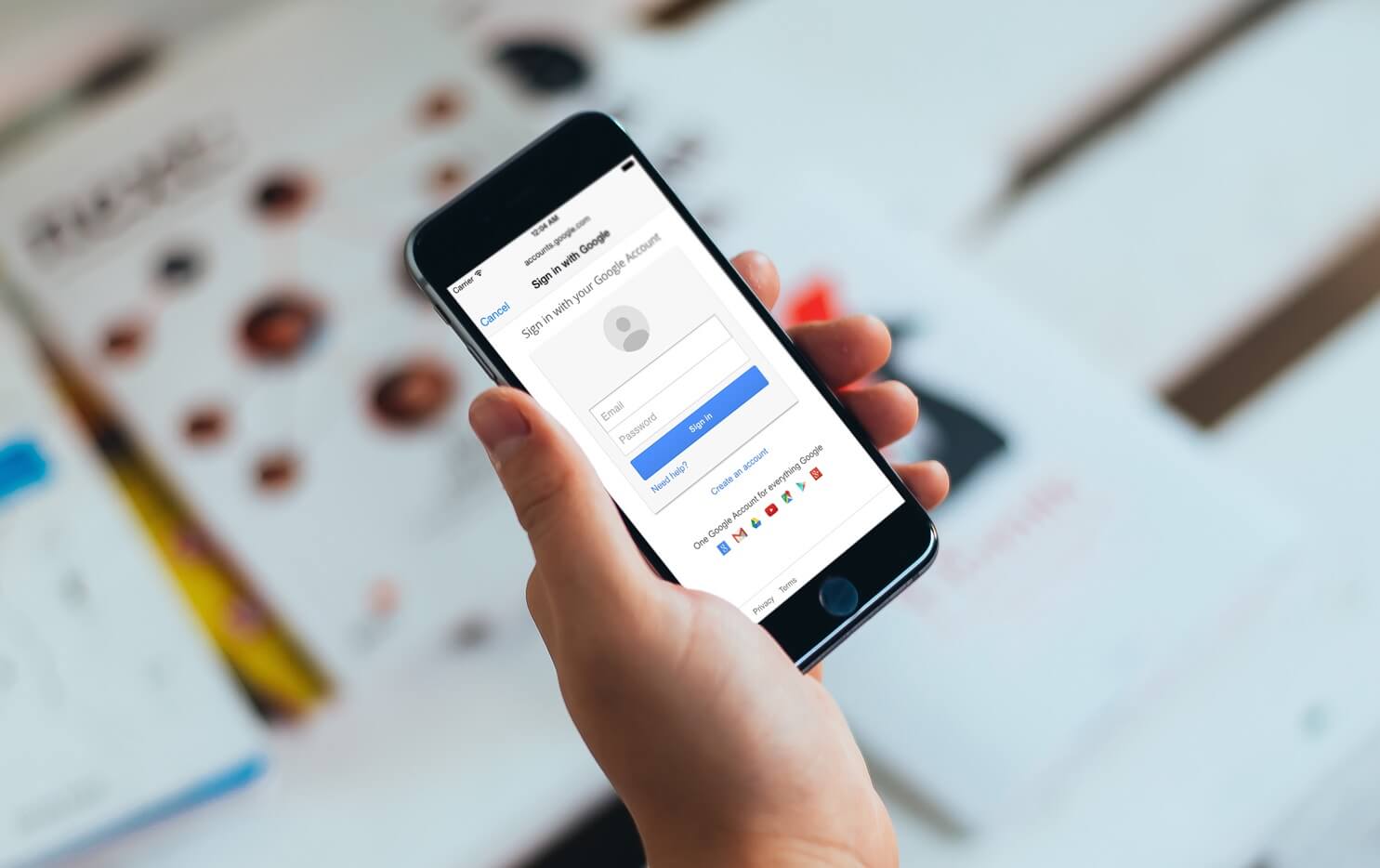In my last tutorial we worked with the YouTube API, and through the demo application we managed to make requests to that specific Google API. Actually, we created an API key prior to any request, as that key was vital for every request that was about to return data back to our application. This time, we’ll continue working with the Google APIs, and my goal is to show you how to make authorized requests after a user has signed in with the Google in the application.
For this purpose we are going to use a special SDK, named Google Sign-In SDK. This one provides all the necessary classes and functionalities we need in order to:
- Add the default Google Sign In button in our app.
- Go through the whole user authentication process using the OAuth 2.0 protocol and get the necessary tokens.

Before the Sign-In SDK becomes available, every developer who wanted to allow user authentication in iOS applications and subsequently to perform authorized requests to specific APIs had to manually implement the OAuth 2.0 protocol flow following the rules defined by Google. Trust me, that was a great hassle, as there were several steps needed to be implemented under certain conditions until the desired access and refresh tokens to be fetched. However, all this is just history now. Things have dramatically changed, as the Sign-In button implements and performs the whole OAuth process behind the scenes. After a successful sign in, every iOS app can use the access token (and refresh token) to make authorized requests, and most importantly developers can focus on the application logic only. If you want to read more about the OAuth 2.0 protocol, Google provides a nice documentation page for this reason.
In order for users to sign in with their Google account into an app, it’s required to provide them with an interface to do so. The Sign-In SDK contains a special view controller for this purpose, so there’s no need to call any external browser or implement in-app web views. We’ll see the details later on. Right before you ask from users to sign in, it’s important to determine the scopes of the API you want to access. A scope actually describes the part of the API (or APIs) that you want your app to have access to. During the sign in process, Google makes clear to users what they’re about to authorize the app for in a special web page that appears after the credentials have been entered successfully. If you need user authorization for many scopes, Google suggests to do so incrementally, meaning to ask authorization for scopes right before the respective features to be used (see more details here).
So, as you understand the first important feature we’ll see here is how to integrate the Sign-In button and how to allow users to sign in. However, doing just that won’t let us make authorized requests, therefore we’ll use the Google+ API as our target API for that purpose. To be more precise, our goal is not to learn how to deal with the Google+ API. This API is really important and quite big so we cover it here. We’ll just use a part of it to make an authorized request using the access token that the Sign-In will make available to the app once a user has signed in. Specifically, we’ll use the People: list method of the API, which returns a list of people existing in the Google+ circles of a user. Among all the available APIs, I personally found this one quite interesting to use in the demo application of this tutorial.
In case you haven’t read the previous tutorial about the YouTube API, I would recommend to do so (or at least the introduction), as everything in this one will come smoother and easier. That doesn’t mean of course that you can’t proceed without it.
Similarly to the previous one, in this tutorial I tried to gather information from various sources in one place too. Right next I give you some useful links that it would be nice to visit.